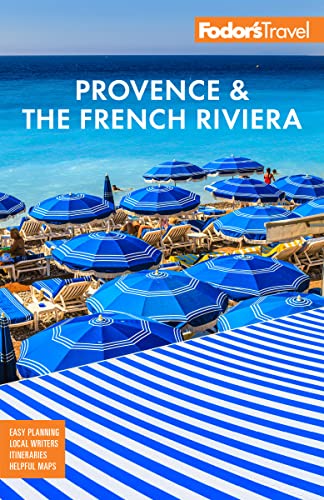Turn your back on modern times—the gargantuan, pink, holiday high-rises that crowd the Fréjus-St-Raphaël waterfront—and head uphill to Fréjus-Centre, with its maze of narrow streets lined with butcher shops, patisseries, and neighborhood stores barely touched by the cult of the lavender sachet. Unspoiled as it is, you'll still find yourself in a hot spot offering free Wi-Fi. In July and August, the crowds roll in for the sandy beaches by day, and the seaside markets by night (daily 8 pm–2 am) as well as for fireworks (Les nuits de Port-Fréjus) on Monday at 10:30 pm. Stick around in September for the Giant Omelette festival.
Fréjus (pronounced "fray-zhooss") has the honor of having some of the most important historic monuments on the coast. Founded in 49 BC by Julius Caesar himself and named Forum Julii, this quiet town was once a thriving Roman shipbuilding port with 40,000 citizens. In its heyday, Roman Fréjus had a theater, baths, and an enormous aqueduct that brought water all the way from Mons in the mountains, 45 km (28 miles) north of town. Today you can see the remains: a series of detached arches that follow the main Avenue du Quinzième Corps (leading up to the Old Town). The Fréjus Pass (€4.60) is valid for seven days and gives you access to various historical landmarks and museums in the city, including those listed here, and can be purchased directly on-site.





